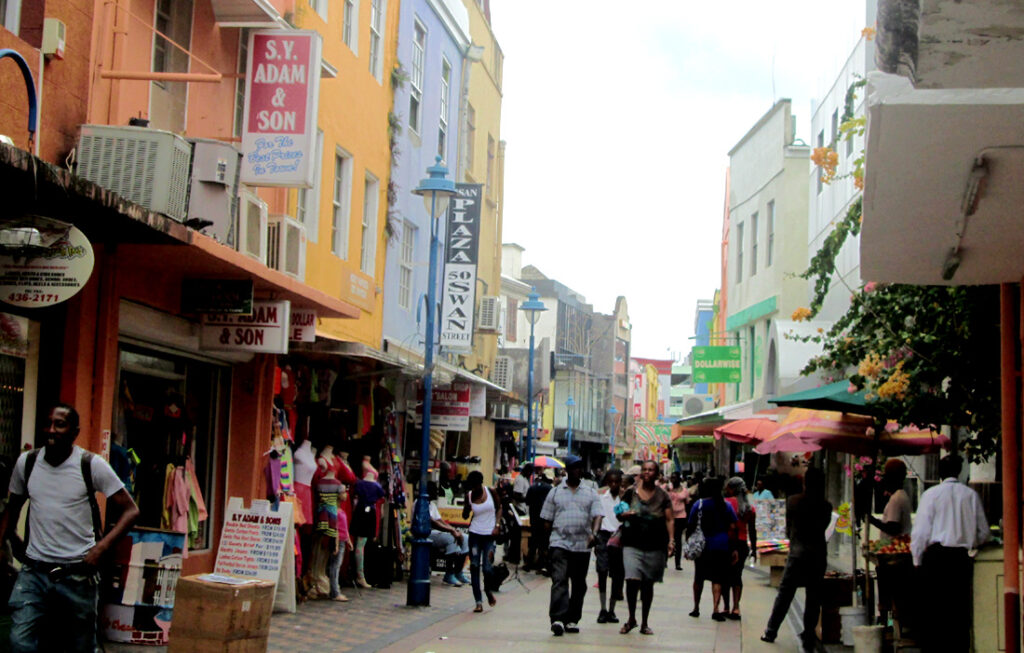

International ratings agency, Fitch, has forecasted that economic growth in Barbados will come in at 6.5 per cent in 2023.
Fitch’s projection marks a noticeable slowdown in real gross domestic product (GDP) growth compared to the Central Bank’s 2022 estimate of 9.9 per cent. This is consistent with the latest quarterly data release that shows a 6.4 per cent year-over-year expansion in the first quarter of 2023.
Nevertheless, the projected growth rate is underpinned by the continued recovery in tourist arrivals implies the second year of growth since 2017. Furthermore, real GDP is anticipated to exceed its pre-pandemic value (BB$9.6 billion in 2019).
Net exports will drive growth in 2023. Tourism has picked up dramatically since the country lifted all remaining pandemic-related restrictions in September 2022.
Tourism continues to grow
Fitch confirmed that tourism arrivals increased by 94.6 per cent year-over-year in November and 50.4 per cent in December, implying substantial rises in the country’s services exports. Fitch anticipates that tourist arrivals will continue to grow on a year-over-year basis in 2023, especially given that arrivals only reached their pre-pandemic average for the first time in December 2022.
These factors indicate favourable base effects over the year ahead. According to Fitch, net exports are projected to contribute 1.7 percentage points to headline growth. However, the rating agency has assessed that its outlook considers that fiscal consolidation will limit the pace of private consumption growth in the months ahead.
On December 7, the International Monetary Fund (IMF) agreed on both a 36-month extended fund facility (EEF) valued at US$189 million and a resilience and sustainability facility (RSF) valued at US$113 million with Barbados. The programmes aim to improve the country’s fiscal sustainability for example by moving the primary fiscal balance into a surplus of 2.0 per cent of GDP in FY2022/23 (from -1.0 per cent in FY2020/21) as well as reducing the debt load to 110.0 per cent of GDP in 2023 (123.8 per cent in 2022).
Growth will ease to 2.6% in 2024
This will substantially reduce the scope for major increases in the public wage bill, for instance, which covers roughly a fifth of the entire workforce. Fitch believes that growth will ease to 2.6 per cent in 2024.
Most of the recovery in the tourism sector will take place in 2023, and real GDP will have exceeded its pre-pandemic level by the end of this year. As a result, the base effects are likely to fade by the start of next year, naturally reducing the growth rate.

Furthermore, fiscal consolidation, based on Fitch’s assessment is expected to feed through to lower consumer confidence, underpinning a noticeable slowdown in household spending. The country’s growth forecast therefore hinges on a somewhat strong performance in the tourism sector to drive broader economic activity through multiple channels.
Most of Barbados’s tourist arrivals come from the US and the UK, and a significant deceleration in real GDP growth over 2023 in both markets is projected. Still, Fitch’s forecast assumes that base effects will nevertheless be enough to drive a recovery in tourism overall, but if this were not to materialize, growth forecast will be reduced.







Comments